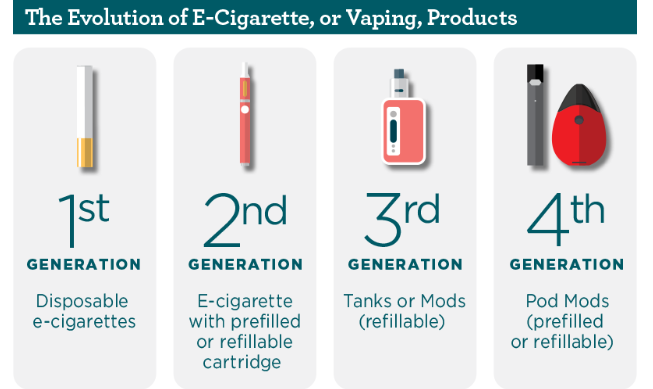In IMS this autumn, a speaker came from Monmouth County to present the serious risks for teens of vaping, Woodbridge Township Public Speaking and Poster Project aims to educate students and help prevent this growing issue.
What is Vaping?
According to dshs.texas.gov, vaping has become a widespread issue, especially among teens and young adults. Although it is often marketed as a safer alternative to traditional smoking, the reality is that vaping carries significant health risks that are usually underestimated. Both immediate and long-term dangers exist, and education is key to ensuring students make informed decisions about their health.
Vaping involves inhaling aerosol from a battery-powered device, which typically contains nicotine, flavoring, and other chemicals. In contrast, traditional smoking consists in burning tobacco. Both practices are harmful, but vaping is often perceived as less dangerous due to its modern, sleek packaging and fruity flavors. However, recent studies suggest that vaping can be equally harmful, if not more so, due to its potent nicotine content and the risk of addiction.
The Health Risks of Vaping
Vaping can cause various health problems, particularly in teens whose bodies and brains are still developing. According to lung.org, some of the immediate risks include toxic chemical exposure, damage to lung tissue from heavy metals and fine particles, and nicotine addiction.
One condition, known as “popcorn lung,” severely restricts breathing and can cause long-term damage in a short period. “It can make your breathing nearly impossible and causes long-term damage in a very short period,” says Mrs. Wanko.
Over time, the damage caused by vaping can lead to chronic respiratory diseases, cardiovascular problems, and mental health issues such as anxiety and depression. “One pack of cigarettes is equivalent to one nicotine vape,” said Mrs. Pearce, referencing a recent study.
According to Monmouth NJ, vaping companies often target young people through attractive marketing strategies. Flavors resembling candy or fruit and sleek, undetectable devices make vaping seem less harmful and trendy. Unfortunately, these tactics contribute to the growing number of teens who believe vaping is safer than smoking. However, scientific evidence does not support the claim that vaping is safer. Vaping is just as harmful, if not more so, than traditional smoking due to the higher potency of nicotine in vape products.
Raising Awareness For This Cause
The speaker showed that schools and communities can play a significant role in educating young people about the dangers of vaping. Schools should implement comprehensive drug education programs in health and science classes, while communities can host events to raise awareness. Assemblies, workshops, and information sessions for parents and students alike can help everyone understand the risks associated with vaping. Collaborating with local health departments and providing resources like hotlines and support groups can make a difference.
“So as a student assistance counselor, my role is to help with prevention and intervention efforts,” Mrs. Pearce stated. “So this month, in particular, I’m going into the science classes, to provide drug education. Also, the life skills curriculum in our health classes discusses drugs and alcohol topics. Also pushing out information to you guys just to make you more informed because education is key. And the more information you know, the more informed decisions you can make, and the easier it is to say no to peer pressure.”
Public Speaking and Poster Event
One current initiative involves a poster contest sponsored by the local health department, encouraging students to create artwork that educates their peers on the dangers of vaping. Open to 5th to 12th graders, the contest allows students to work individually or in teams to design posters that spread awareness. Winners will receive public recognition, with their posters displayed throughout the community and shared on social media and local television.
Students can work individually or in teams of up to three to design posters that will be judged on creativity, clarity, and effectiveness in delivering an anti-vaping message. The posters should focus on informing their fellow students about the physical, mental, and social consequences of vaping, using facts, statistics, or powerful images to convey their message.
The contest is open from November 1st to April 1st, giving students plenty of time to develop and submit their work. Winners will be announced in mid-April, with one winner selected for the best poster and one for the best public service announcement (PSA) video. The winning entries will be displayed around the community, showcased on social media, and even aired on local television station TV 35.
As an additional incentive, winners will also be honored in a recognition ceremony and will receive awards or trophies from the mayor of Woodbridge Township. “The students who win this contest won’t just get a prize,” states Mrs. Wanko. “They’ll have their work printed and displayed all around town, and the whole community will see their PSA video. It’s a real opportunity to make an impact.”

































